
Question and Answers Forum
Question Number 56215 by necx1 last updated on 12/Mar/19
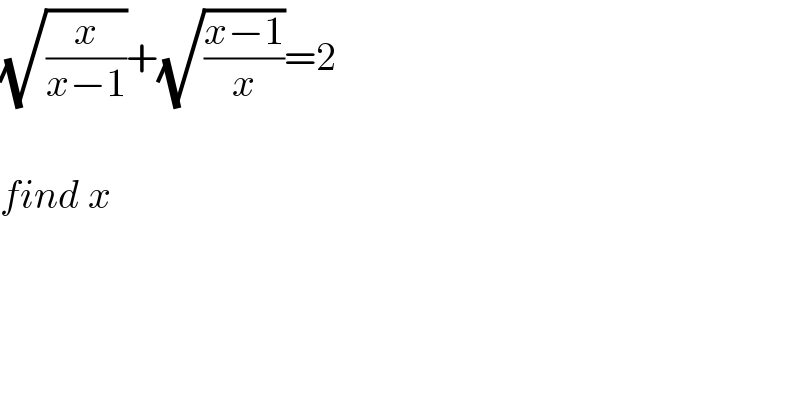
Commented by necx1 last updated on 12/Mar/19
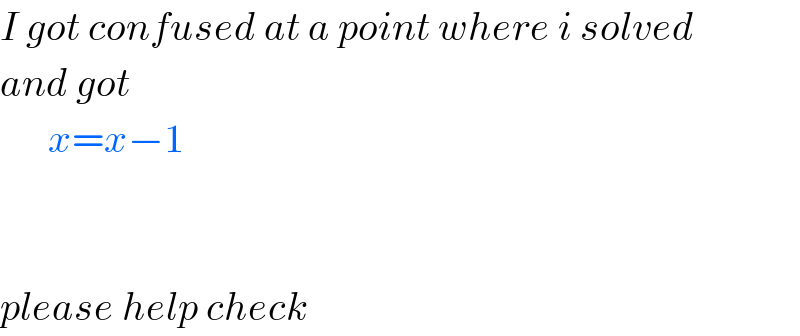
Commented by maxmathsup by imad last updated on 12/Mar/19

Answered by tanmay.chaudhury50@gmail.com last updated on 12/Mar/19
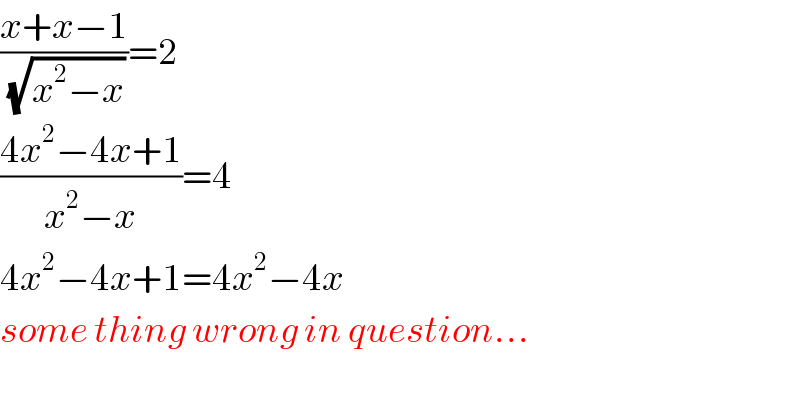
Commented by necx1 last updated on 12/Mar/19
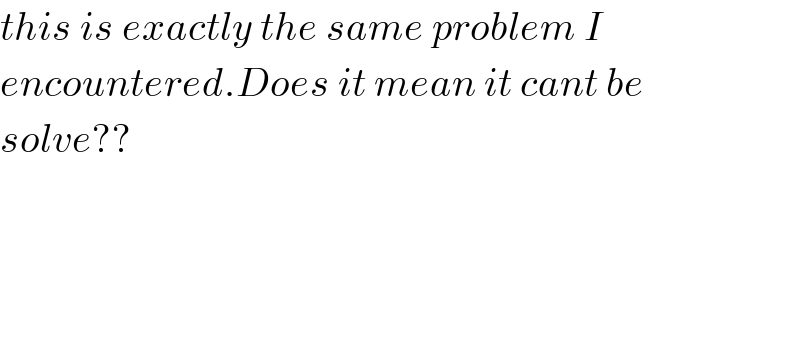
Answered by MJS last updated on 12/Mar/19
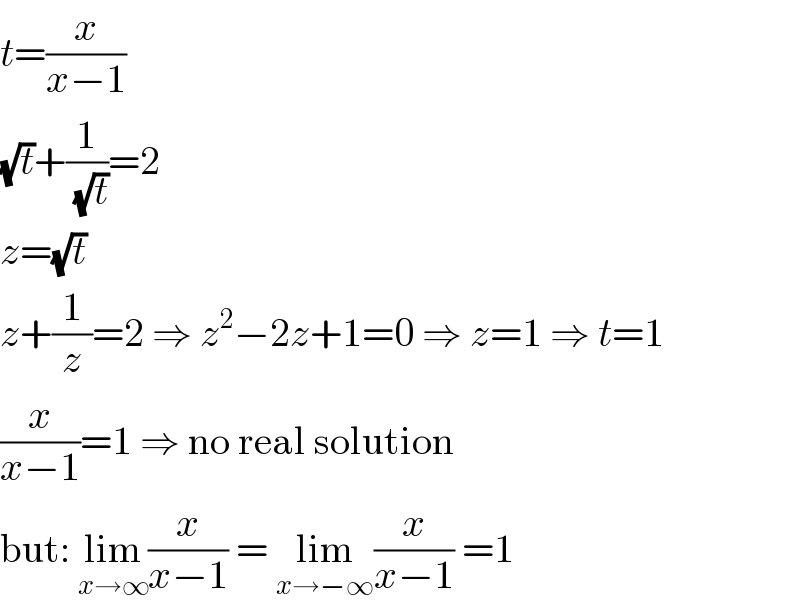
Commented by Kunal12588 last updated on 12/Mar/19
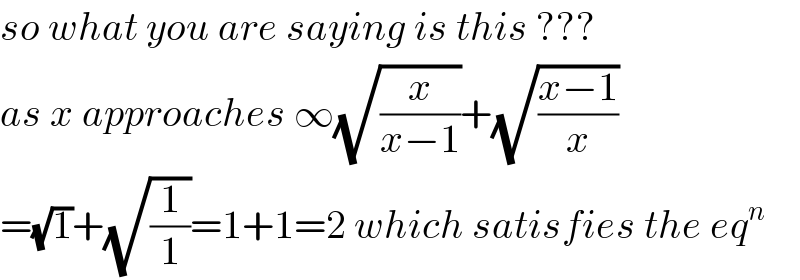
Commented by MJS last updated on 12/Mar/19

Answered by ajfour last updated on 12/Mar/19
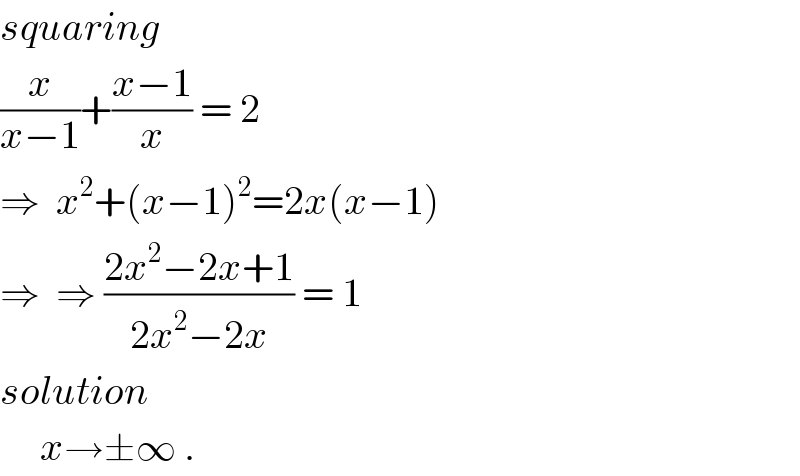
Commented by necx1 last updated on 12/Mar/19

Commented by Kunal12588 last updated on 12/Mar/19

Answered by Hassen_Timol last updated on 12/Mar/19

